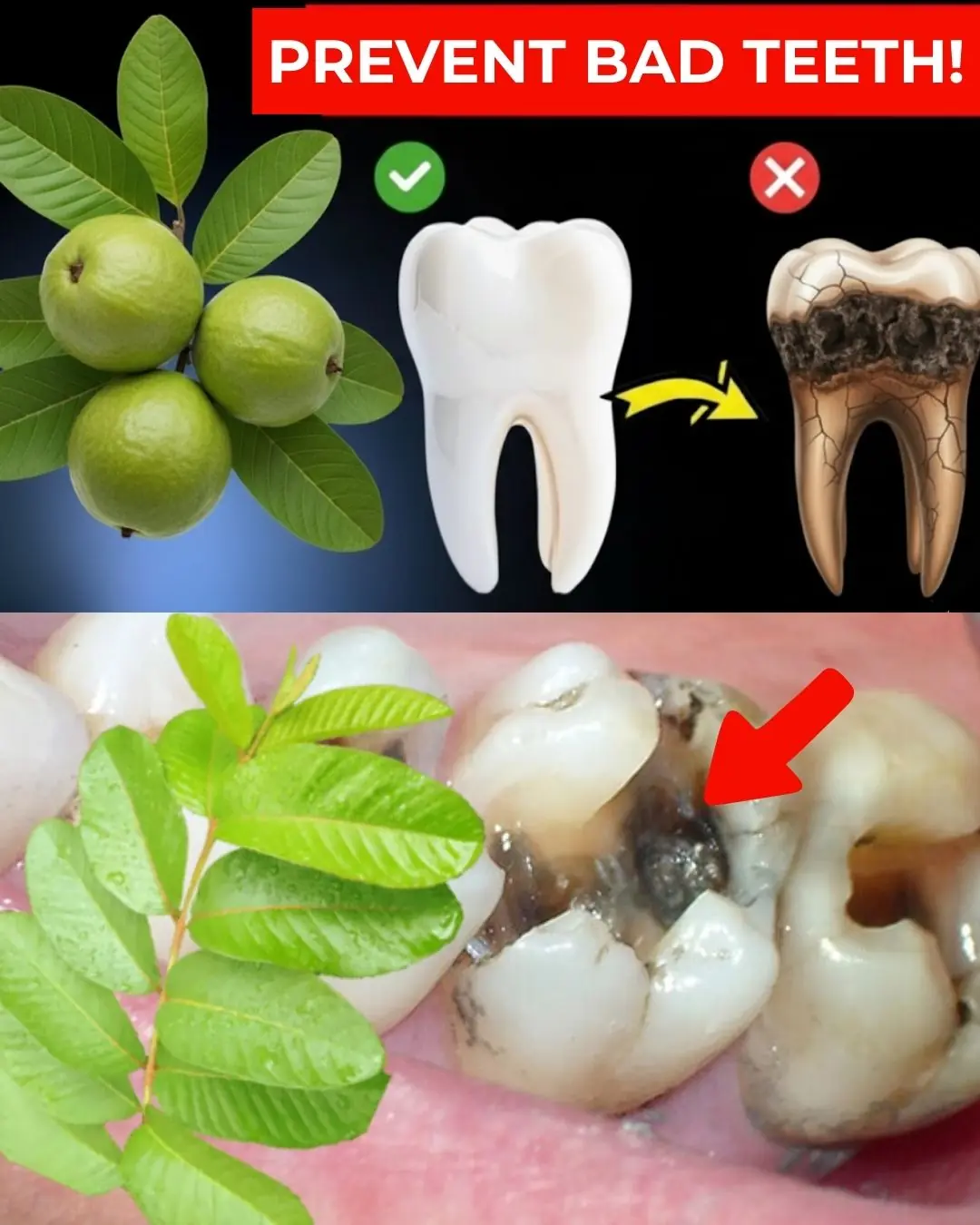
The Most Effective Natural Way to Remove Gallstones
Gallbladder pain is something that is not easily forgotten once experienced. The pain usually originates from the middle or upper right part of the abdomen and can last anywhere from a few minutes to a few hours. It can appear suddenly and be intense. If you’re lucky, the pain might subside, but for many, it returns with even more intensity. Some individuals also feel the pain radiating to their back, typically between the shoulder blades or in the right shoulder area.
A gallbladder attack is often accompanied by mild to severe nausea, vomiting, sweating, fever, and chills. In some cases, your urine may turn dark yellow or brown, while your stools could appear dull greyish in color.
Anatomy of a Gallstone
Although the pain and other symptoms of a gallbladder attack can feel overwhelming, the cause is often quite small—sometimes as small as a grain of sand. Gallstones, the leading cause of gallbladder pain, form in both the gallbladder and liver.
These solid, hard stones can vary in color, ranging from dark green to off-white to red. They are composed of various elements found in bile produced by your liver, including bile salts, bilirubin, and cholesterol.
Gallstones can differ greatly in size and number; some people have multiple smaller stones measuring about 0.5 cm, while others might have a single large stone (up to 5 cm) or even hundreds of smaller stones that are similar in size to sand grains.
No matter the size, color, type, or number, these stones can lead to significant problems if they overwhelm the gallbladder.
What Does Your Gallbladder Do?
Your gallbladder, a small organ resembling a pouch, lies just under your liver. It stores bile, a digestive juice produced by the liver. Before eating, your gallbladder is typically full of bile, expanding to the size of a small pear. After eating, bile is released to help digest fats, causing the gallbladder to contract and flatten, much like a balloon losing air.
While the gallbladder is responsible for storing and releasing bile when necessary, conventional medicine suggests it is not a vital organ. Many people live healthy lives even after having their gallbladders removed, a procedure known as cholecystectomy.
Doctors claim that while some may experience slight issues like diarrhea or fat absorption problems post-surgery, the gallbladder's removal has been common since the 1700s. However, it was only in the late 1800s that the surgery became viable. Today, laparoscopic cholecystectomy, a minimally invasive procedure, is the standard treatment for gallstones.
Prevalence of Gallbladder Disease
A 2002 study in Annals of Surgery estimated that gallstones affect over 30 million Americans annually (about 12 percent of the population), resulting in over 750,000 cholecystectomies. More recent studies show a slight increase, with approximately 15 percent of the population affected. The prevalence of gallbladder disease is also rising in industrialized countries, particularly in Europe and America, likely due to poor diet and lack of exercise.
While some individuals may have gallstones without symptoms, in many cases, the stones cause the gallbladder to become inflamed, leading to pain and possibly infection. Gallstones can absorb bacteria, parasites, and other harmful organisms as they pass through the liver channel, which may lead to serious complications.
Conventional Treatment
Typically, gallbladder disease is treated by removing the organ entirely, but there are natural methods for dealing with gallstones before reaching that point.
Why You Need Your Gallbladder
Despite what conventional medicine suggests, removing your gallbladder can lead to various issues. The gallbladder stores bile acids formed from cholesterol produced in your liver, concentrating them up to five times their original strength. When fat enters your small intestine, your body signals the gallbladder to release the necessary bile to help digest and emulsify the fat, making it easier for the body to absorb essential nutrients like vitamins A, D, E, and K.
Without a gallbladder, your body releases a constant, small trickle of bile into your digestive tract, even when there’s no fat to digest. This can hinder your ability to properly digest fats, leading to deficiencies in fat-soluble vitamins and essential fatty acids, poor cholesterol metabolism, and improperly digested fat globules.
The bottom line is, you want to save your gallbladder whenever possible by safely and effectively removing the stones. Fortunately, there are natural methods for treating gallstones.
How To Remove Gallstones Naturally
This natural remedy can help remove gallstones in just one day. You’ll need a full day at home to follow this remedy, so be sure you have no other obligations. Consume low-fat foods for breakfast and lunch on the day of treatment, and avoid supplements.
Easy Gallstone Remedy
Ingredients:
-
3 grapefruits: 1 large and 2 small
-
½ cup cold-pressed extra virgin olive oil
-
4 teaspoons Epsom salt (unrefined)
Instructions:
-
Before 2 PM: Eat a light breakfast and lunch, avoiding high-fat foods. Do not eat anything after 2 pm.
-
At 2 PM: Mix 4 teaspoons of Epsom salt with 3 glasses of fresh filtered water. Store the mixture in the fridge. You will have 4 doses of this mixture.
-
At 6 PM: Drink the first quarter (one dose) of the Epsom salt mixture.
-
At 8 PM: Drink the second quarter of the mixture.
-
At 9:45 PM: Squeeze the grapefruits into a cup, adding ½ cup olive oil. Shake the mixture until it becomes smooth.
-
At 10 PM: Drink the grapefruit and olive oil mixture. Lie flat on your back for 20 minutes without moving. The gallstones will begin to pass through your liver and gallbladder. Go to sleep.
-
Morning (not before 6 AM): Upon waking, drink the third quarter of the Epsom salt mixture. After 2 hours, drink the remaining quarter of the mixture.
This method should successfully remove gallstones. You may experience some diarrhea the following day, but if you continue to have pain, consult a doctor to rule out other serious issues.
News in the same category

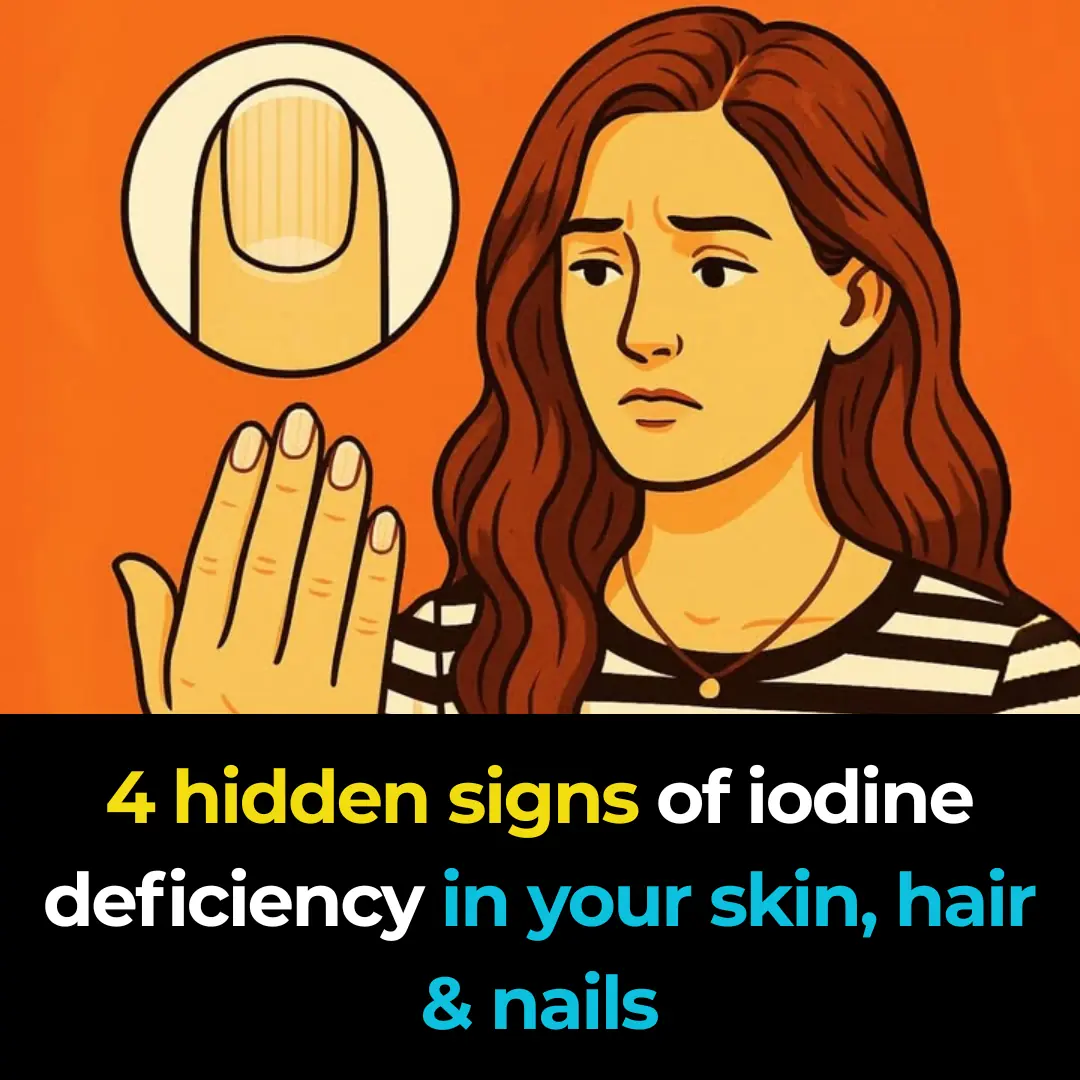
4 hidden signs of iodine deficiency in your skin, hair & nails

Causes of Early Graying You Never Suspected
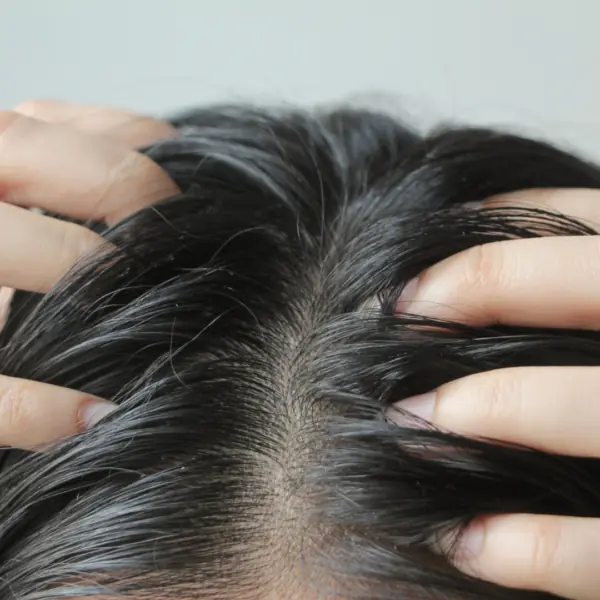
That Persistent Scalp Itch
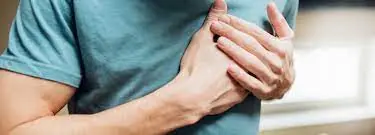
That Random Stabbing Pain in Your Chest Has Finally Been Explained

The Dirty Secret About Toilet Paper on Public Seats
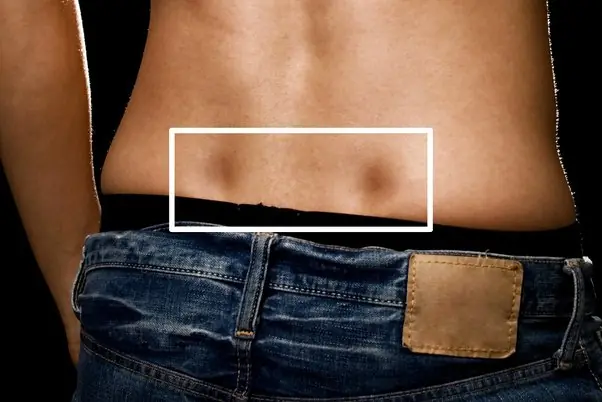
If You Have These Two "Dimples" on Your Lower Back, Here's What They Mean
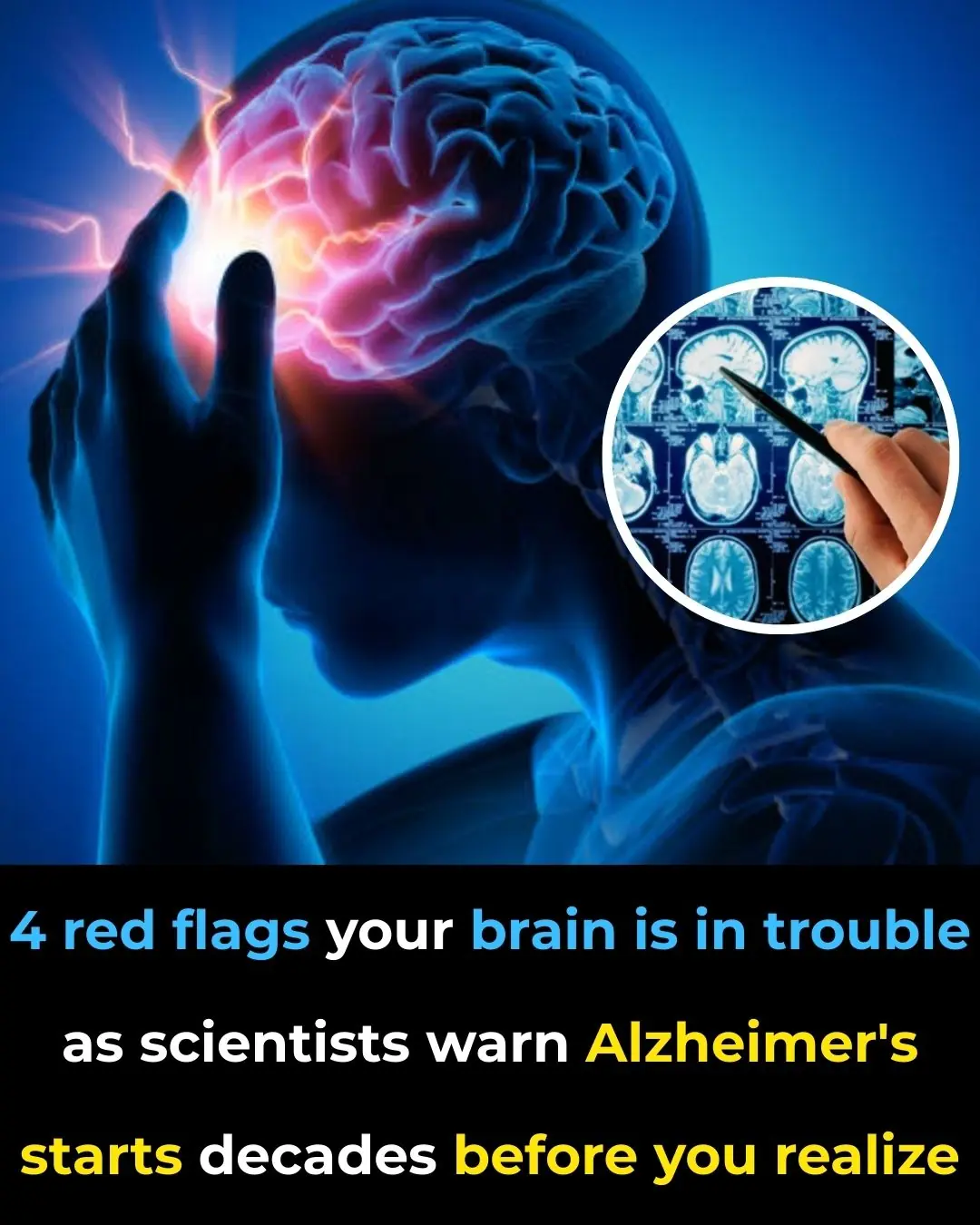
4 Red Flags Your Brain Might Be in Trouble as Experts Warn Alzheimer’s Can Start Decades Before Symptoms Appear
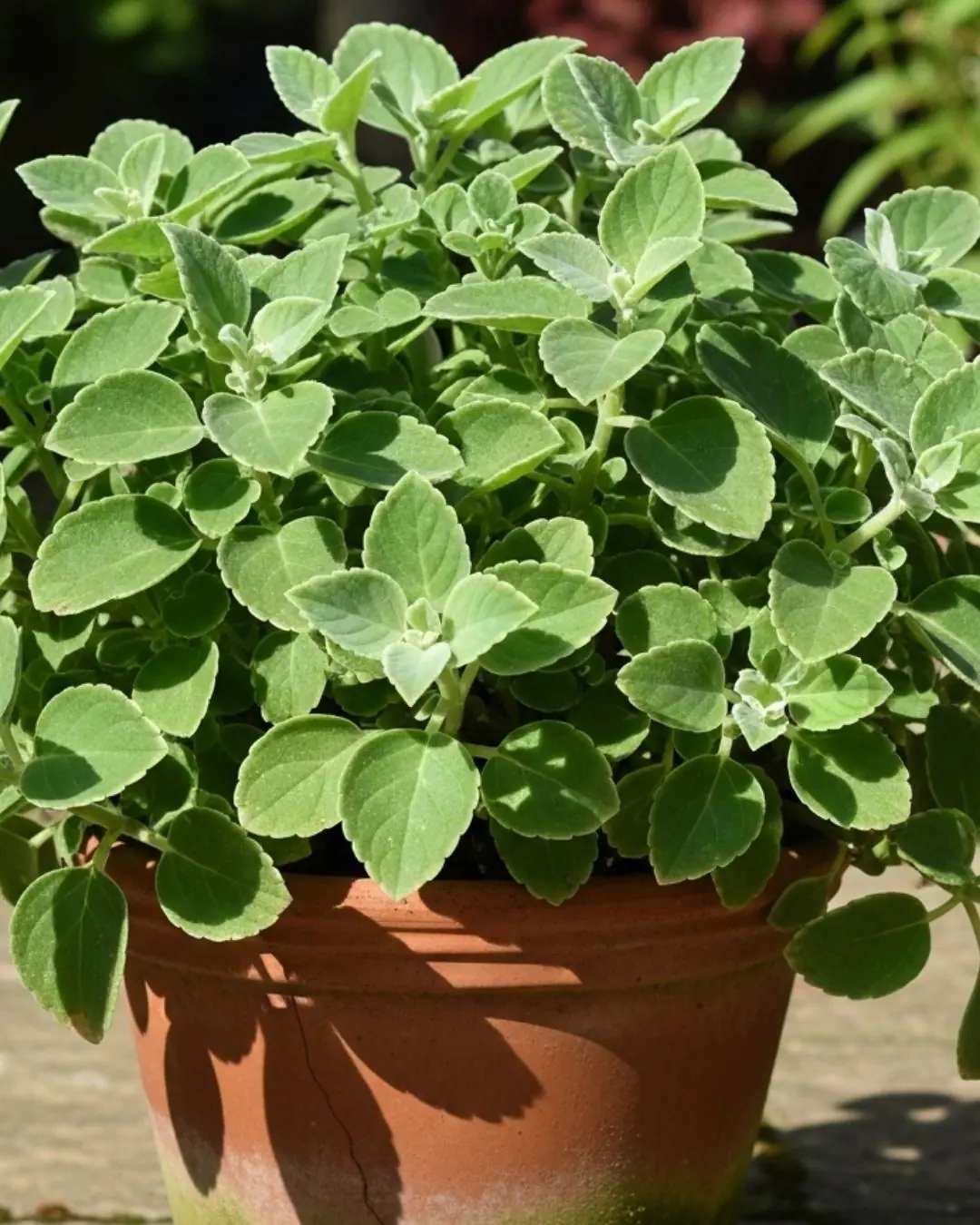
A Scientific Look at Oregano’s Role in Supporting Wellness
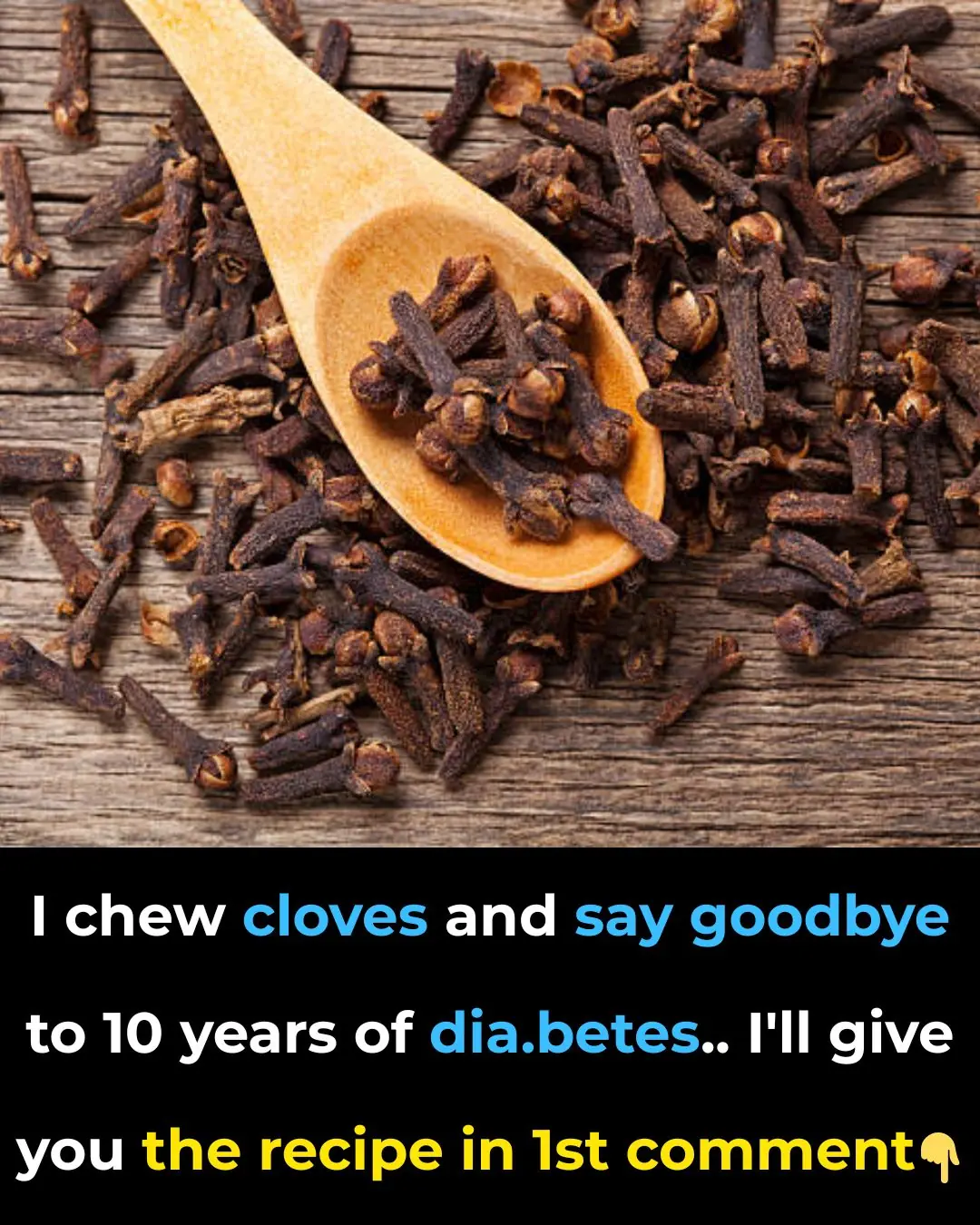
Cloves: 10 Health Benefits of Eating 2 Daily
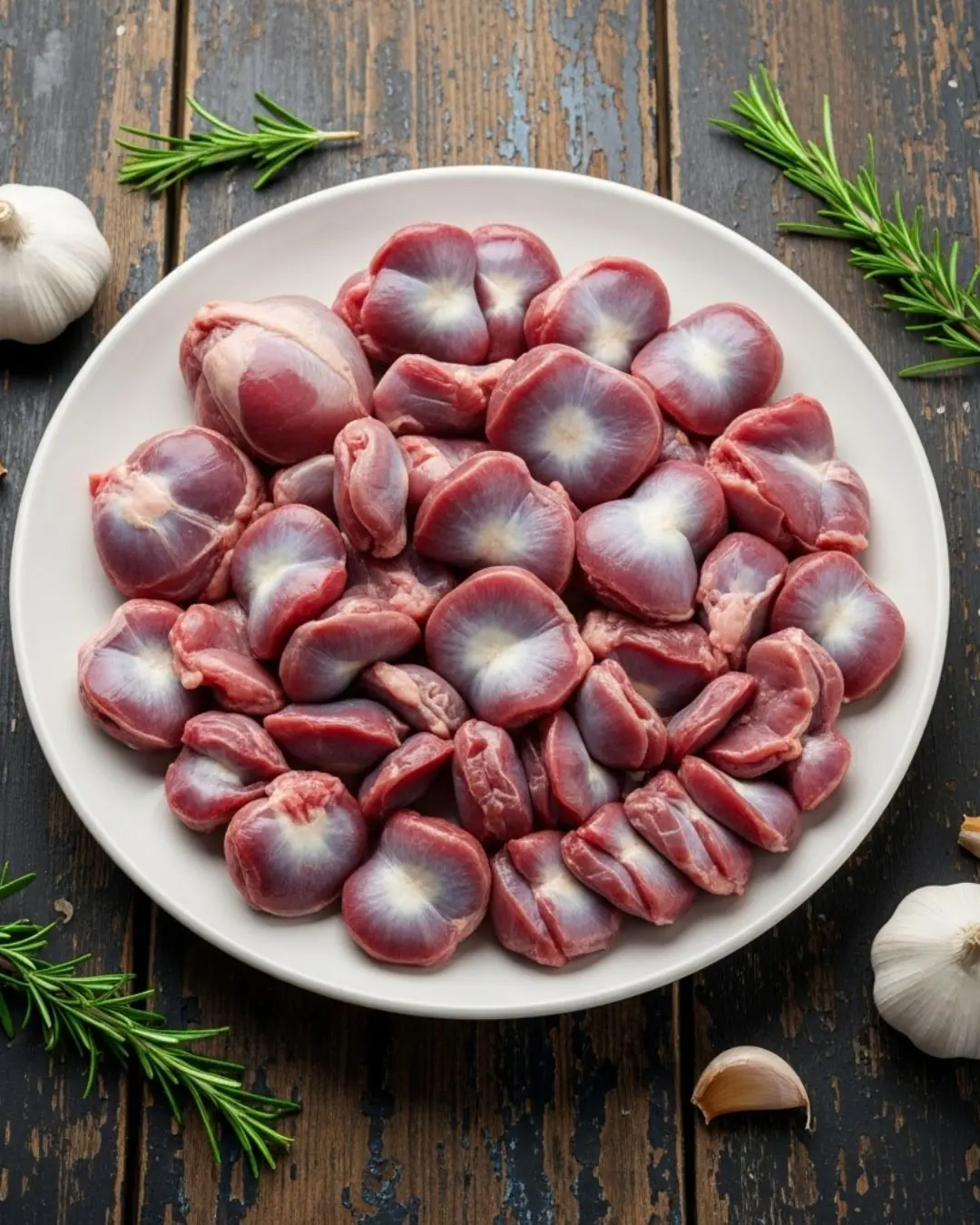
Chicken Gizzards: 3 Surprising Benefits You Might Be Missing
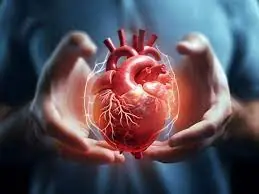
80% of Heart Attacks Could Be Avoided If Everyone Did These 5 Easy Things
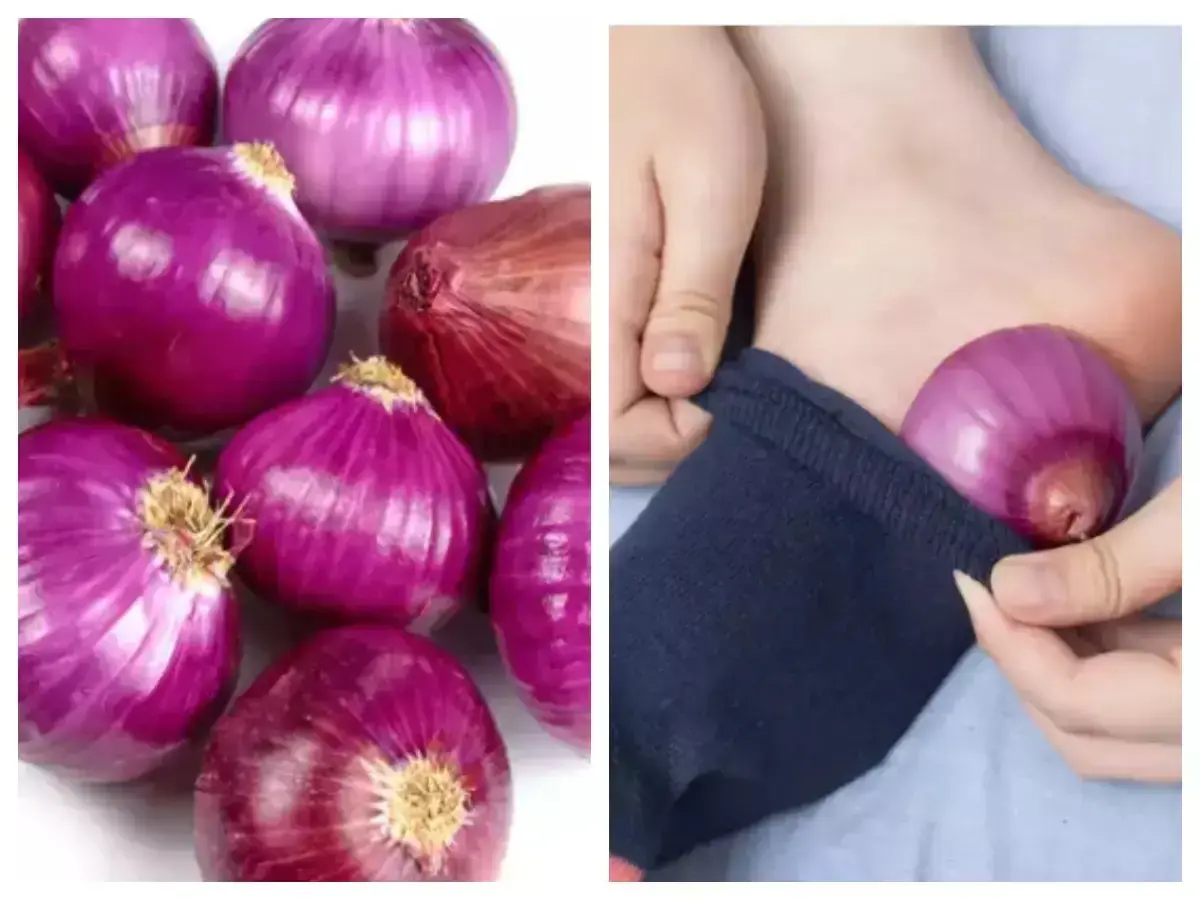
People Are Putting Onions in Their Socks—Here’s Why You Don’t Want to Miss Out
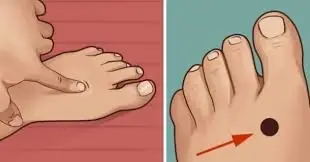
If You Press This Point on Your Foot Before Bed, This Is What It Does to Your Body
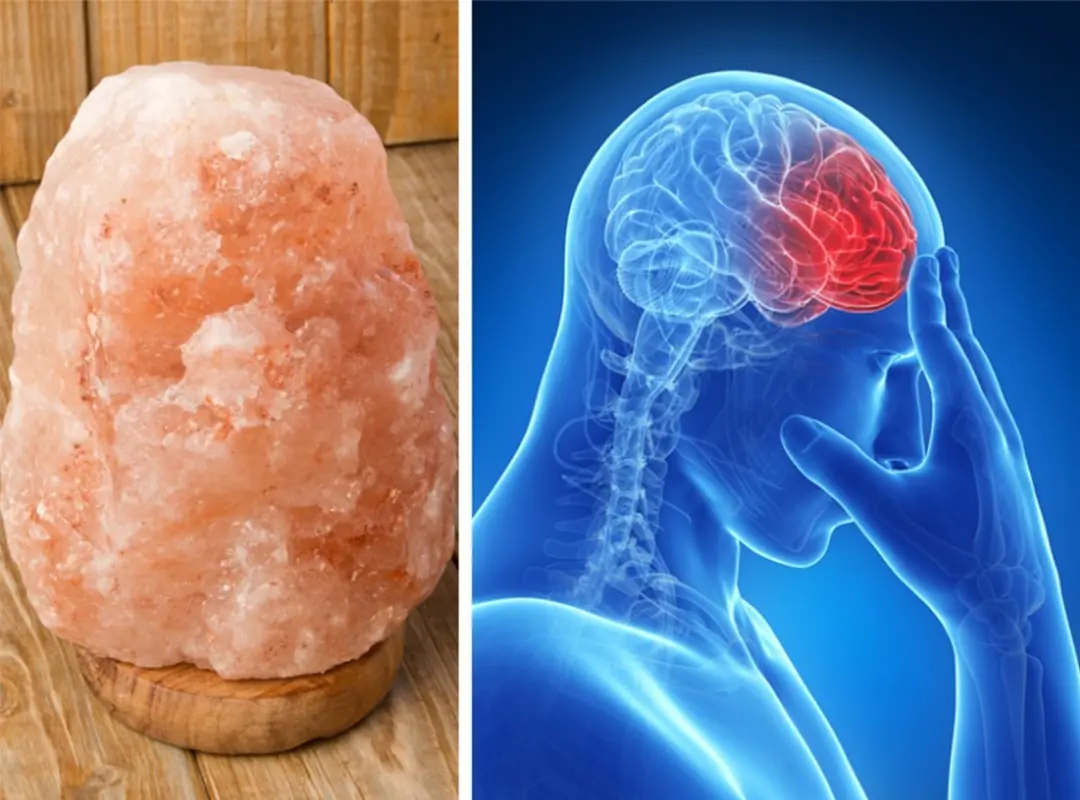
This Is What Happens to Your Lungs, Mood, and Blood Circulation When You Use a Himalayan Salt Lamp
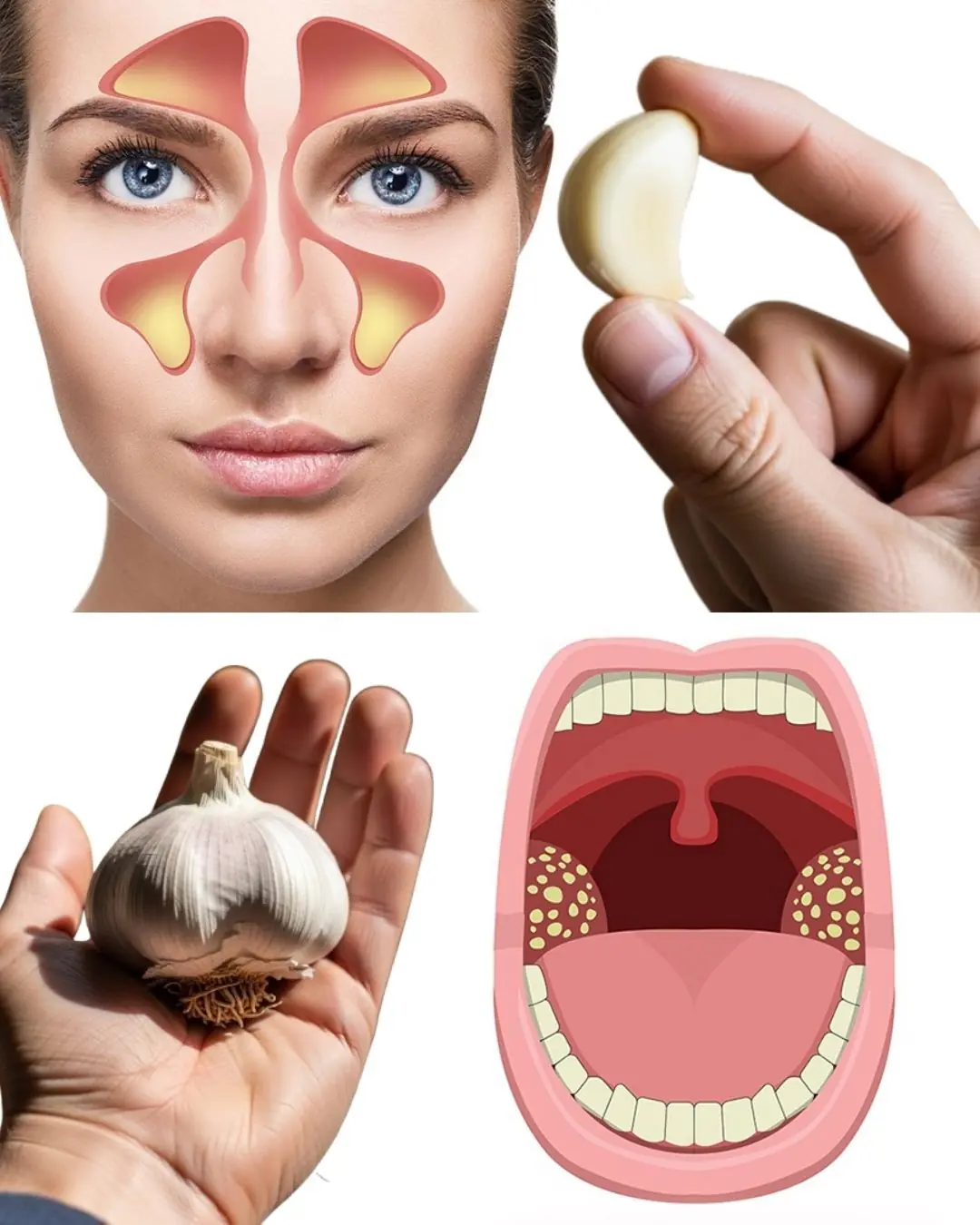
Garlic Destroys Urinary System Infections! Just Do This… 🧄✨
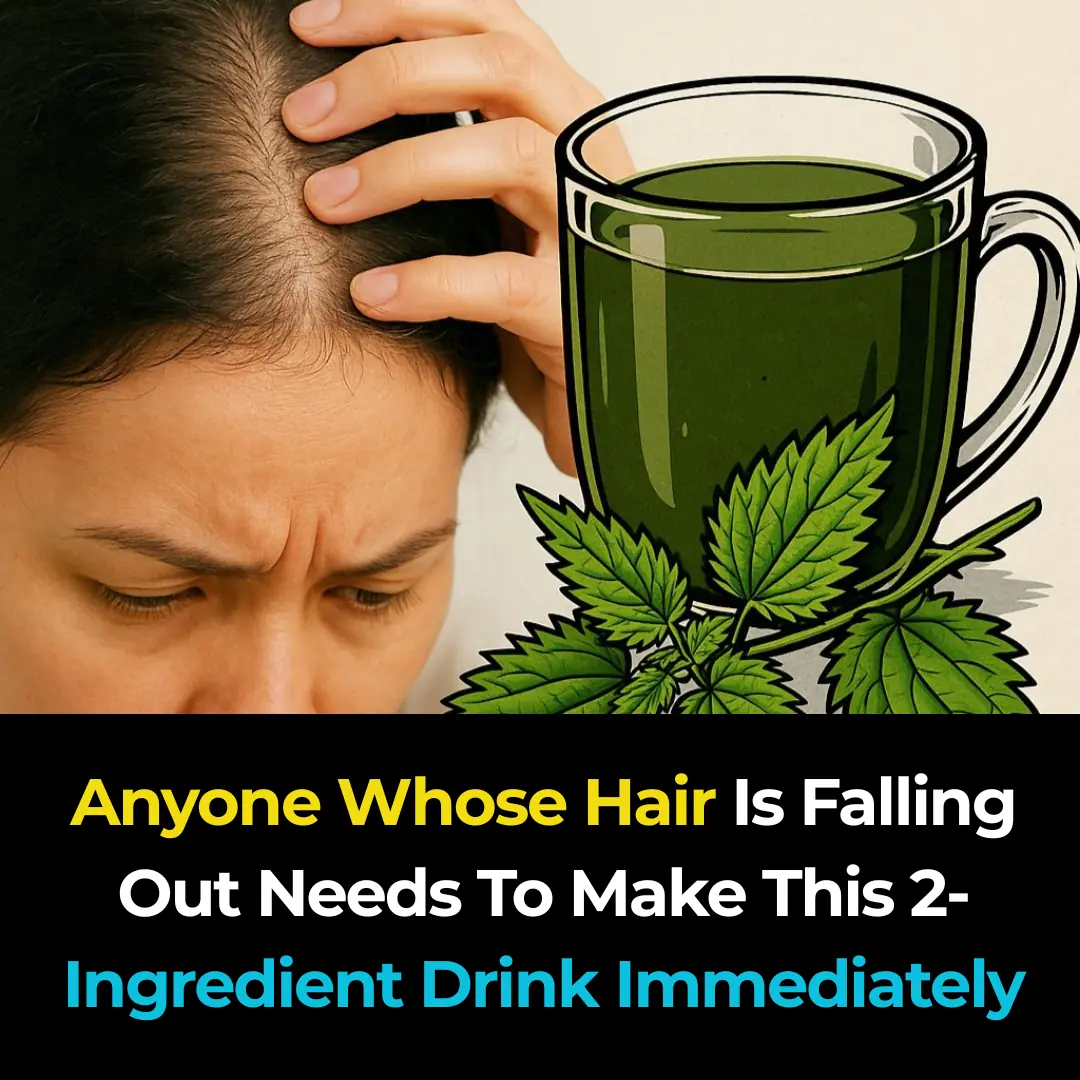
Anyone Whose Hair Is Falling Out Needs To Make This 2-Ingredient Drink Immediately

13 Detox Foods To Flush Out Toxins, Fight Cancer Cells And Relentlessly Hunt Free Radicals

Doctor warns: your ‘healthy’ lemon water habit is actually destroying your liver – here’s what you’re doing wrong
News Post
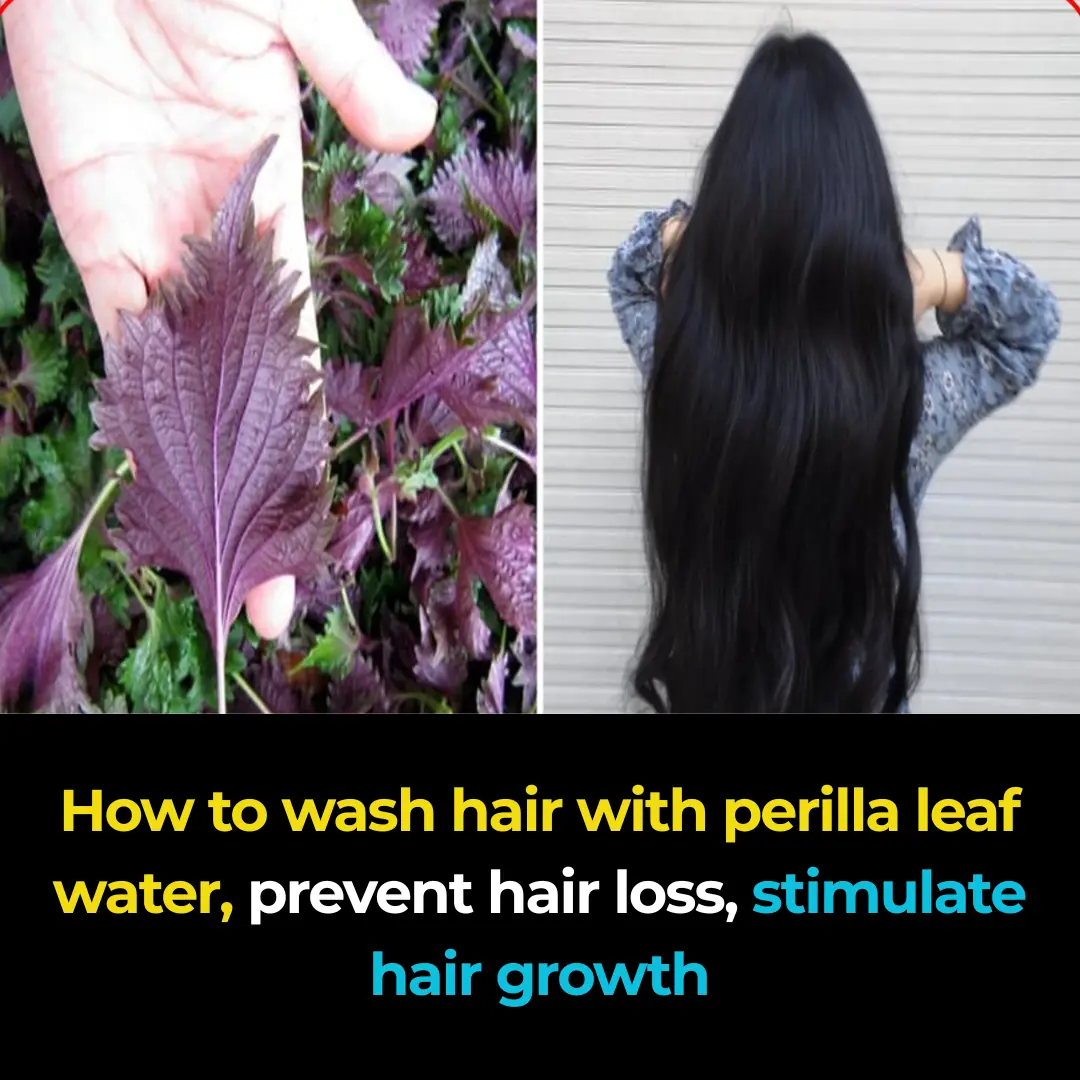
How to wash your hair with perilla leaf water to prevent hair loss and stimulate the growth of new hair.
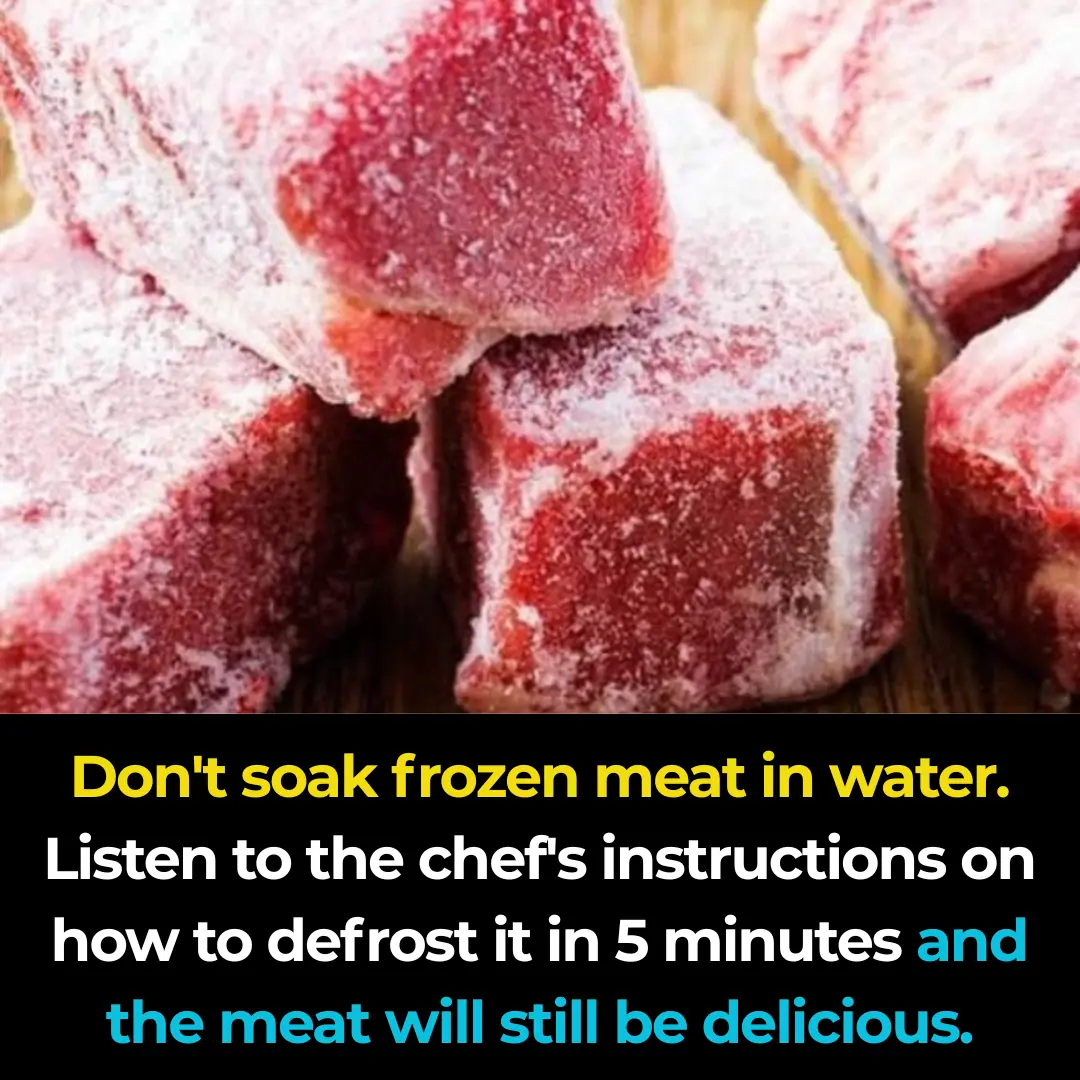
Don’t soak frozen meat in cold water. Follow the chef’s method to defrost it in 5 minutes, and the meat will still taste great.
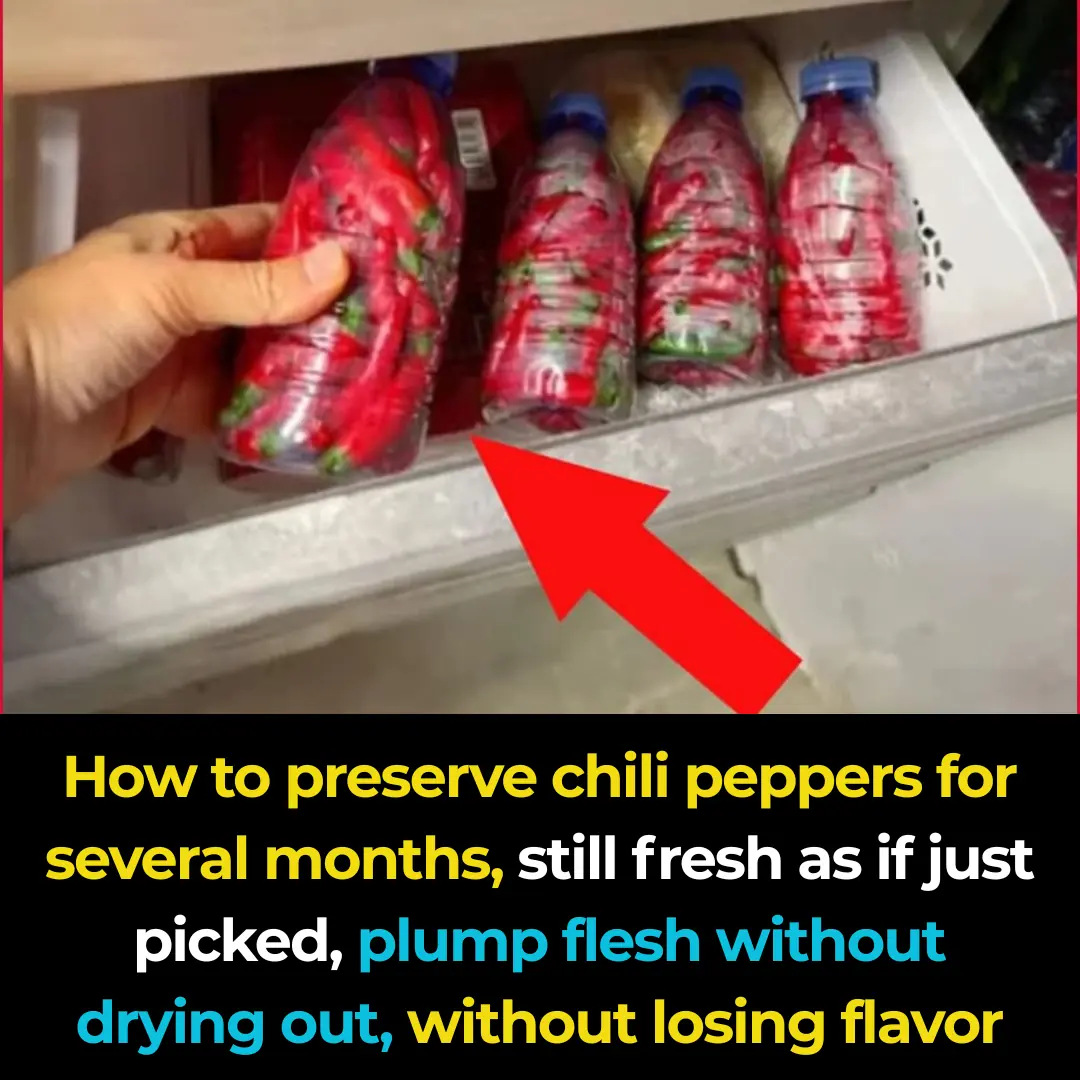
How to store chili peppers for months, keeping them as fresh as if they were just picked, with firm, plump flesh that doesn't dry out or lose flavor.

3 powerful vegetables everyone overlooks (but shouldn’t!)

4 hidden signs of iodine deficiency in your skin, hair & nails
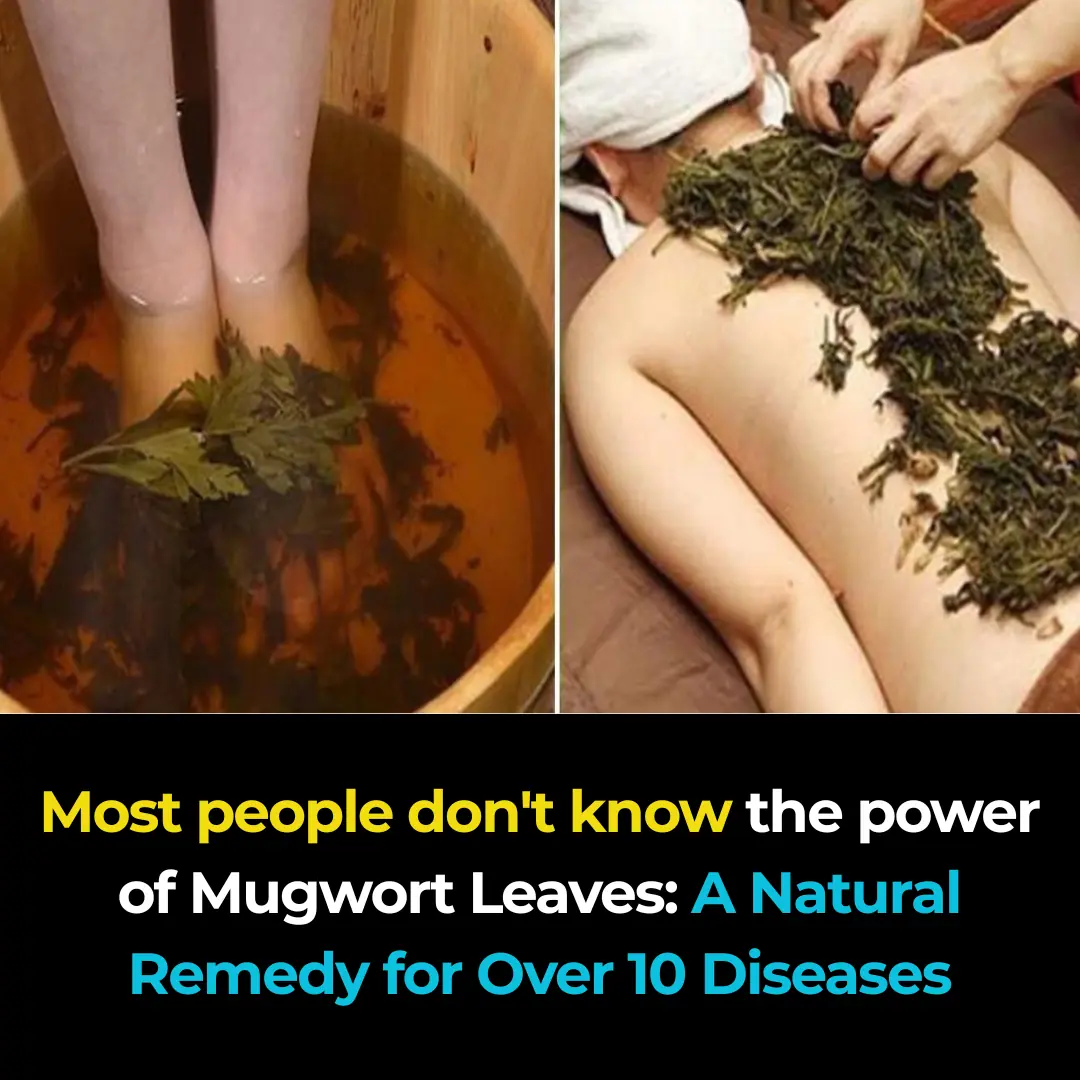
Mugwort Plant: Benefits, Properties, and Uses

Purslane: The Superfood That Tastes Better Than Meat – 7 Reasons to Grow It in Your Garden

Causes of Early Graying You Never Suspected

That Persistent Scalp Itch

Steps to Take When Your Adult Children No Longer Show Respect

That Random Stabbing Pain in Your Chest Has Finally Been Explained

The Dirty Secret About Toilet Paper on Public Seats

If You Have These Two "Dimples" on Your Lower Back, Here's What They Mean

How to Save Electricity: Immediately Put a Roll of Toilet Paper into Your Refrigerator – An Amazing Trick That Also Saves You Money
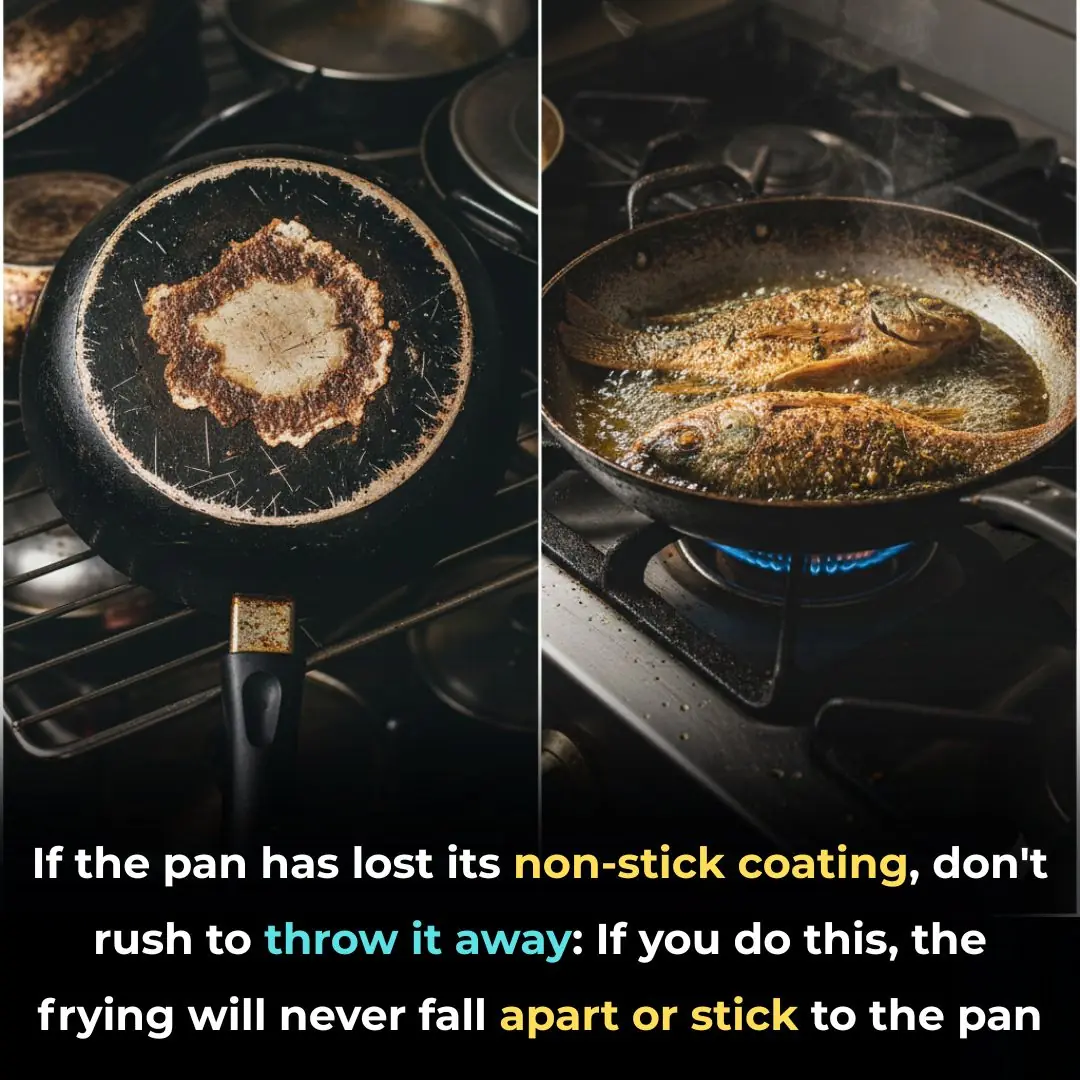
When Your Non-Stick Pan Loses Its Coating, Don’t Throw It Away: Try This Method to Fry Without Food Sticking or Breaking
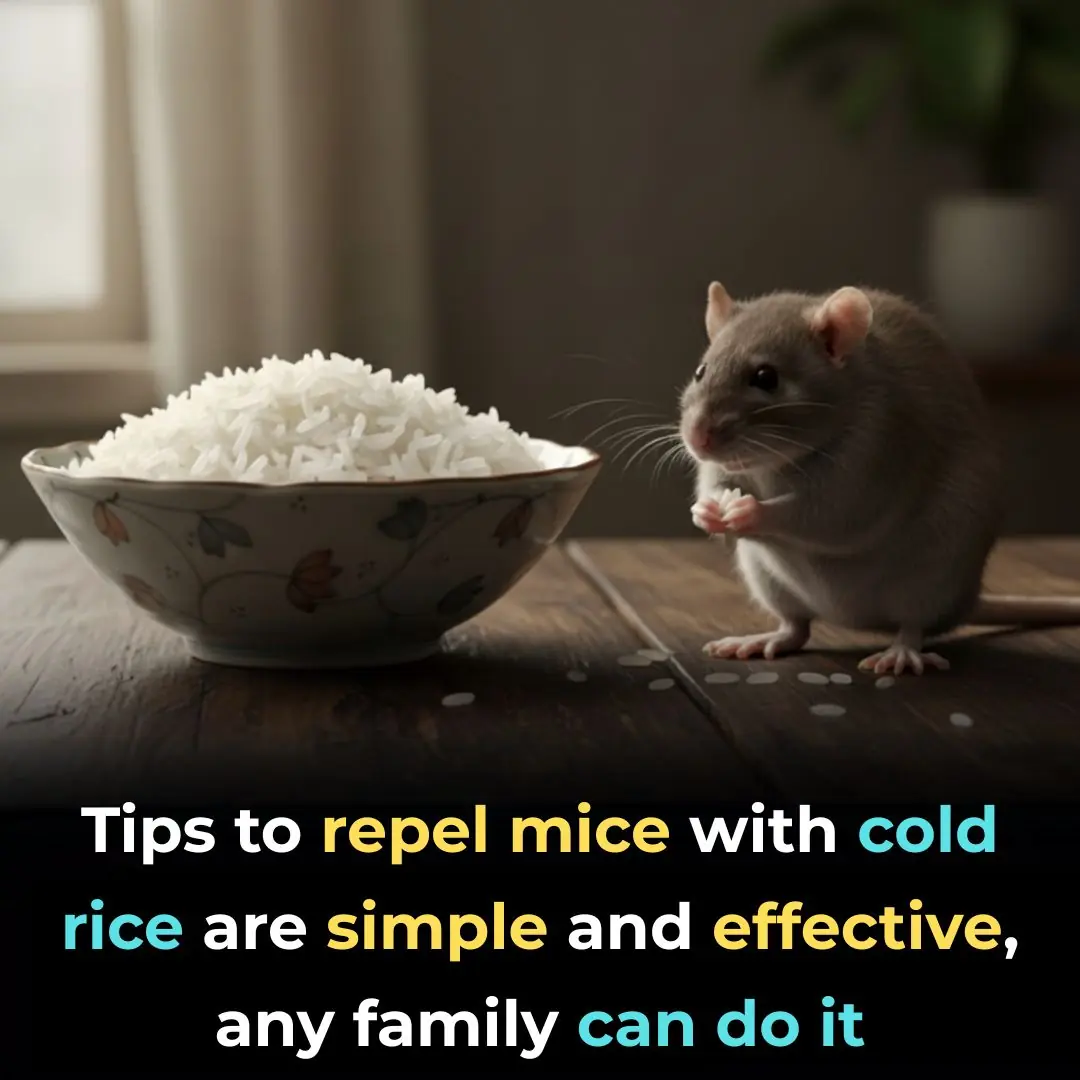
Simple and Effective Tips to Repel Rats Using Leftover Rice — Anyone Can Do It at Home

5 Most Common Deathbed Regrets, According to Palliative Care Nurse
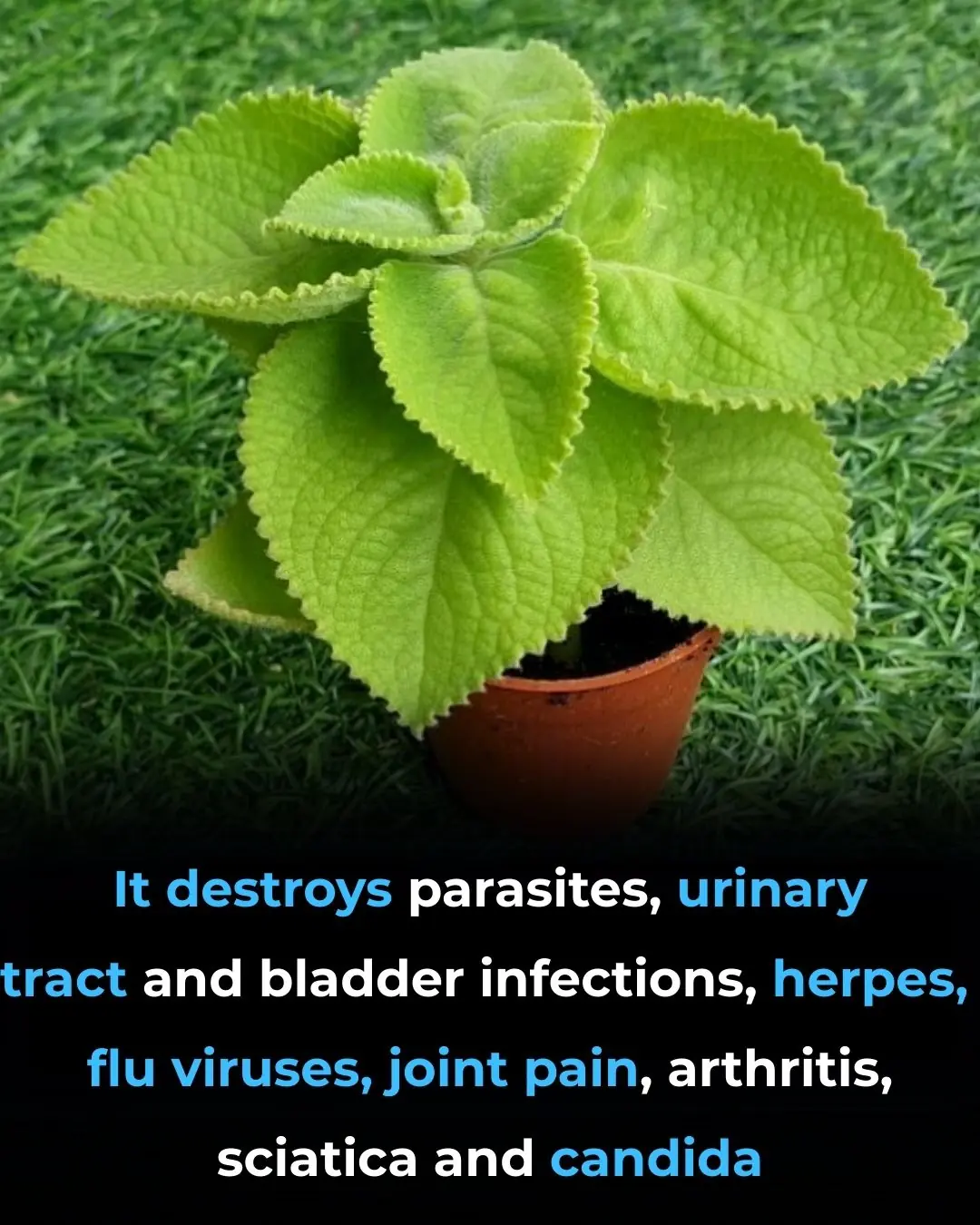
🌿 Oregano: Nature’s Small but Mighty Healer
